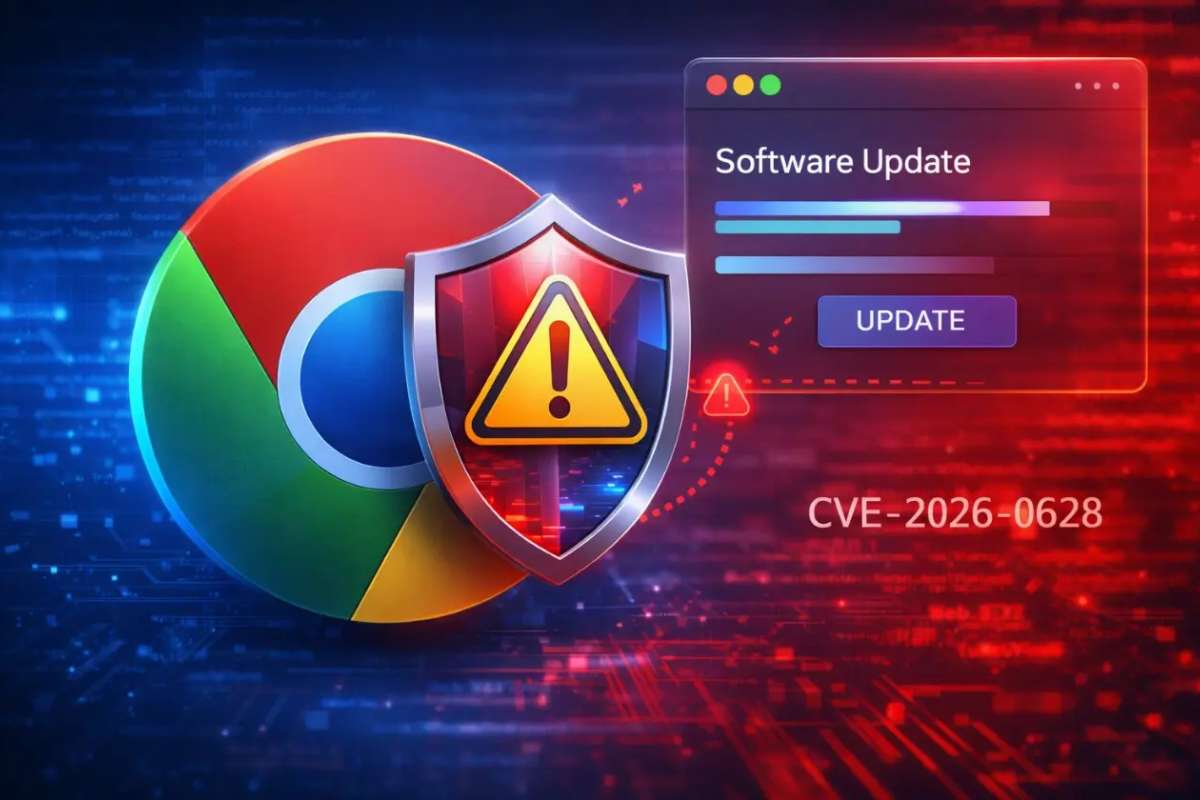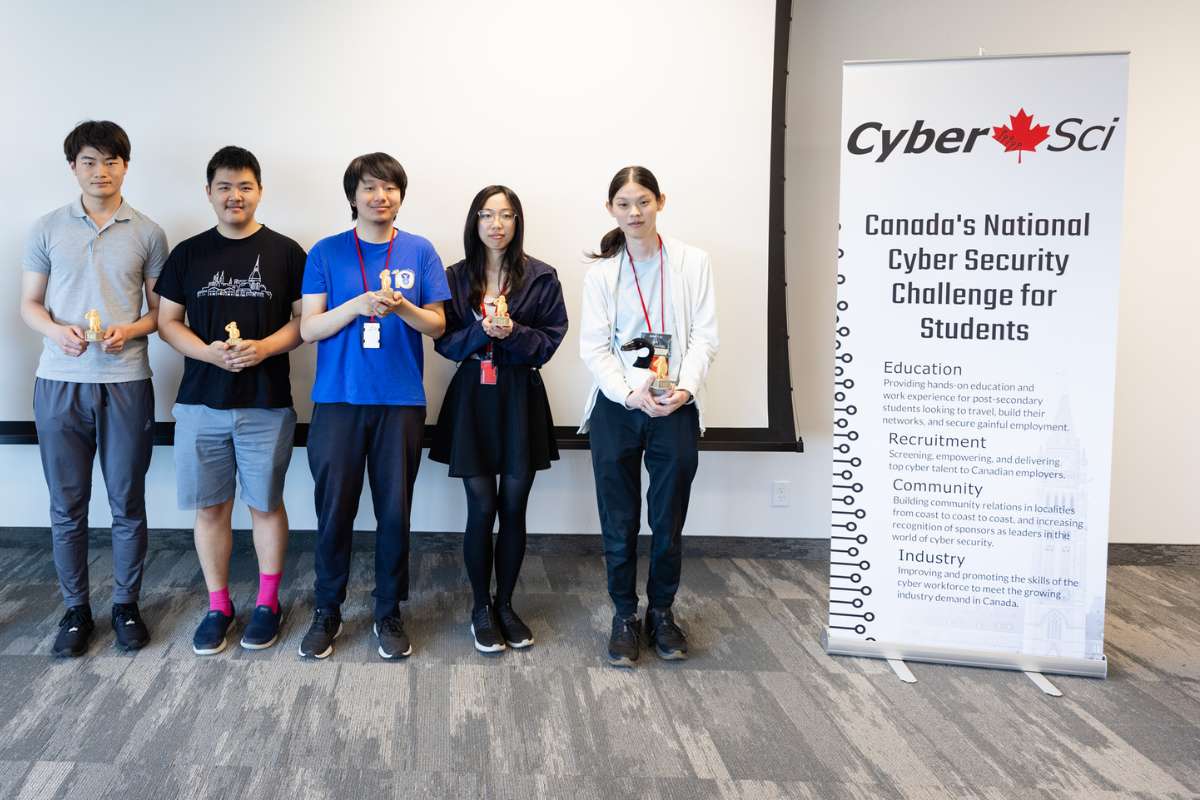When it comes to machine learning, it’s really important to know the difference between supervised learning and unsupervised learning. These two methods are super important in the field, but they have different uses and are used in different situations. In this article, we’ll dive into the details of supervised learning vs unsupervised learning and explain how each method works, where they can be applied, and what their advantages and limitations are. So, get ready to learn all about these cool machine learning techniques in a way that’s easy to understand!
Differentiating Between Supervised Learning vs Unsupervised Learning
What is Supervised Learning?
Supervised learning is a type of machine learning where the model is trained on a labeled dataset. In this approach, the algorithm learns from input-output pairs, meaning each input comes with an associated correct output. The goal is for the model to learn a mapping from inputs to outputs so that it can predict the output for new, unseen inputs accurately.
Key Characteristics of Supervised Learning
- Labeled Data: Requires a dataset with known outputs.
- Training Process: The model is trained to minimize the difference between predicted outputs and actual outputs.
- Applications: Widely used in classification and regression tasks, such as spam detection, image recognition, and predicting house prices.
How Supervised Learning Works
The process begins with feeding the algorithm a training dataset, which consists of input-output pairs. The model makes predictions based on the input data and adjusts its parameters to reduce the prediction error. This cycle continues until the model achieves the desired level of accuracy.
Advantages of Supervised Learning
- Predictive Accuracy: Highly accurate predictions for the output labels.
- Model Evaluation: Easy to evaluate and compare models using metrics like accuracy, precision, and recall.
Limitations of Supervised Learning

- Data Dependency: Requires large amounts of labeled data, which can be time-consuming and expensive to collect.
- Overfitting: The model might perform exceptionally well on training data but fail to generalize to new data.
What is Unsupervised Learning?
Unsupervised learning, on the other hand, deals with data that has no labels. The goal is to infer the natural structure present within a set of data points. This approach is more about identifying patterns and relationships in data rather than predicting specific outcomes.
Key Characteristics of Unsupervised Learning
- Unlabeled Data: Works with datasets that have no predefined labels.
- Exploratory Analysis: Used for discovering hidden patterns or groupings in data.
- Applications: Commonly used in clustering, association, and dimensionality reduction tasks, such as customer segmentation, market basket analysis, and anomaly detection.
How Unsupervised Learning Works
The algorithm is given a dataset without explicit instructions on what to do with it. It tries to find hidden structures in the data by identifying similarities and differences. For example, clustering algorithms group similar data points together, while association algorithms look for rules that describe large portions of the data.
Advantages of Unsupervised Learning
- Flexibility: Can work with any kind of data without the need for labels.
- Discovering Patterns: Excellent for uncovering hidden patterns and insights in data.
Limitations of Unsupervised Learning
- Outcome Interpretation: The results can be more difficult to interpret and validate.
- Complexity: More computationally intensive and challenging to implement compared to supervised learning.
Supervised Learning vs Unsupervised Learning: A Comparative Analysis
When comparing supervised learning vs unsupervised learning, several factors come into play, such as the type of data used, the learning process, and the end goal of the analysis. Here, we outline the major differences and similarities.
1. Data Requirements
- Supervised Learning: Requires labeled data.
- Unsupervised Learning: Uses unlabeled data.
2. Learning Objectives
- Supervised Learning: Focuses on predicting outcomes based on past examples.
- Unsupervised Learning: Aims to find hidden patterns or intrinsic structures in the data.
3. Common Algorithms
- Supervised Learning: Algorithms include Linear Regression, Logistic Regression, Support Vector Machines (SVM), and Neural Networks.
- Unsupervised Learning: Algorithms include K-means Clustering, Hierarchical Clustering, Principal Component Analysis (PCA), and Association Rules.
4. Use Cases
- Supervised Learning: Suitable for applications where the outcome is known and can be used to train the model, such as fraud detection, sentiment analysis, and medical diagnosis.
- Unsupervised Learning: Ideal for exploratory data analysis where the objective is to understand the underlying structure of the data, such as market research, bioinformatics, and text mining.
5. Performance and Accuracy
- Supervised Learning: Generally provides more accurate and reliable predictions due to the availability of labeled data.
- Unsupervised Learning: The performance heavily depends on the nature of the data and the complexity of patterns within it.
Practical Applications of Supervised Learning vs Unsupervised Learning
Understanding where to apply supervised learning vs unsupervised learning is key to leveraging their strengths effectively. Here are some practical examples:
Supervised Learning Applications

- Spam Detection: Email systems use supervised learning algorithms to classify emails as spam or non-spam based on features extracted from the email content.
- Image Classification: Supervised learning is widely used in computer vision to classify images into predefined categories, such as recognizing objects in photographs.
- Predictive Maintenance: In manufacturing, supervised learning models predict equipment failures before they occur, allowing for timely maintenance.
Unsupervised Learning Applications
- Customer Segmentation: Retailers use unsupervised learning to group customers with similar purchasing behaviors, enabling targeted marketing strategies.
- Anomaly Detection: Used in cybersecurity to detect unusual patterns that may indicate fraudulent activities or security breaches.
- Market Basket Analysis: Supermarkets analyze purchase data to identify products frequently bought together, aiding in product placement and promotions.
Choosing the Right Approach

The choice between supervised learning vs unsupervised learning depends on the specific problem and the nature of the data available. If you have labeled data and a clear outcome to predict, supervised learning is the way to go. On the other hand, if your goal is to explore data and find hidden patterns without predefined labels, unsupervised learning is more appropriate.
Both methods have their unique strengths and can be used in tandem for more comprehensive data analysis. For instance, unsupervised learning can be used to preprocess data and identify useful features, which can then be used in supervised learning models.
FAQs on Supervised Learning vs Unsupervised Learning
1. What is the main difference between supervised learning and unsupervised learning?
The primary difference is that supervised learning uses labeled data to train the model, while unsupervised learning uses unlabeled data to find hidden patterns.
2. Which method is better: supervised learning or unsupervised learning?
Neither method is universally better; it depends on the specific use case and the type of data you have. Supervised learning is better for prediction tasks, while unsupervised learning is ideal for discovering patterns.
3. Can unsupervised learning be used for predictive modeling?
Typically, unsupervised learning is not used for predictive modeling. However, it can help in preprocessing and feature extraction, which can improve the performance of supervised learning models.
4. What are some common algorithms used in supervised learning?
Common algorithms include Linear Regression, Logistic Regression, Support Vector Machines (SVM), Decision Trees, and Neural Networks.
5. Is it possible to use both supervised and unsupervised learning in the same project?
Yes, combining both methods can be beneficial. For example, unsupervised learning can be used to identify features or groupings in data, which can then enhance the performance of supervised learning models.
Understanding the distinctions between supervised learning vs unsupervised learning enables data scientists and analysts to choose the appropriate method for their specific needs. Each approach offers unique advantages and is suited to different types of problems, making them both indispensable tools in the field of machine learning.






